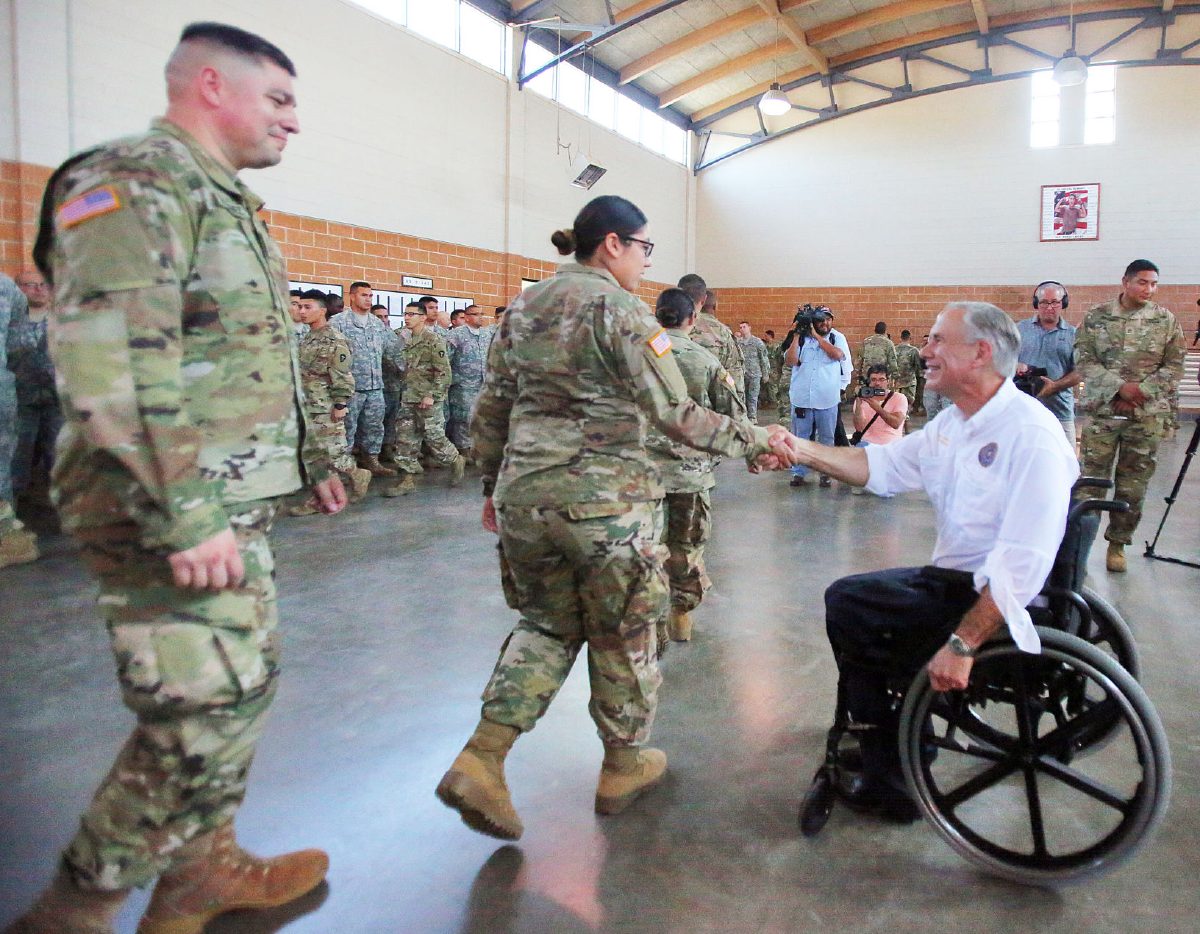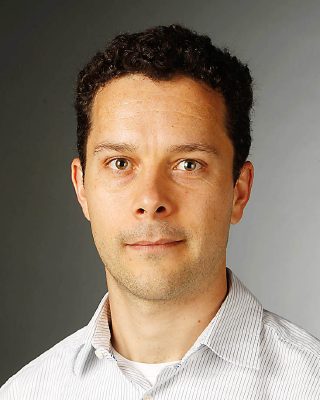BY EFREN C. OLIVARES
We don’t live in a warzone.
You may have seen the latest report of the Department of Interior dispatching its Park Police and National Park Service law enforcement officers to “secure the U.S.-Mexico border.” To an outside observer, it sure looks like the Texas/Mexico border, including the Rio Grande Valley, is a warzone. To those of us who live here, it’s our home.
The recent rhetoric and policies from the federal government targeting the borderlands certainly create an image of lawlessness and rampant violent crime. Anyone who has lived here for a while will tell you that we live our lives like most people around the country, with the good, the bad and the ugly.
I grew up in northern Mexico, and moved to the Valley with my family in the mid 1990s as a teenager. I went to middle school and high school here. I was here before and during the so-called “surge” of unaccom-panied minors in the spring and summer of 2014, and am here now, enduring the daily demonization of im-migrants and our communities.
As cities in the Valley have grown in the past decade, instances of crime have increased. Sure. Those are growing pains of any metropolitan area. The fact of the matter is the crime rates in the Valley are not higher than other parts of the country.
Murders are used as an indication of crime rates in a city. According to the Pew Research Center’s November 2017 ranking of the 30 U.S. cities with the highest murder rates, only one Texas city made the list — Waco, and it was ranked 30th. Not a single city from the Rio Grande Valley, and not a single one from the U.S./Mexico border was listed.
In 2016, per every 100,000 inhabitants, Brownsville had 2.2 murders and 70 robberies; Harlingen had three murders and 88 robberies; McAllen had 2.1 murders and 45.7 robberies.
Houston had12.9 murders and 426 robberies, per 100,000 inhabitants. Detroit had
45.2 murders and 439 robberies. Baltimore had 51.4 murders and 846 robberies in 2015. Yet, we don’t see the National Guard or the Department of the Interior deploying agents to those cities.
Nevertheless, U.S. Attorney General Jeff Sessions earlier this month announced the deployment of 35 additional prosecutors to the border region, and not to any of those cities.
This tells me that what is going on is a political ploy to paint the borderlands in general, and the Valley in particular, as a crime-ridden Wild West.
Most cities around the country have their local police departments, and sheriff’s deputies, to prevent and prosecute crime. Here in the Valley, however, in addition to local police and sheriff’s deputies, we have the U.S. Border Patrol, Immigration and Customs Enforcement, U.S. Customs and Border Protection, the Texas Department of Public Safety and the National Guard.
And beginning today, U.S. Park Service Police will start patrolling along the Texas/Mexico border.
One can agree or disagree with certain immigration policies and practices, but regardless of your views on a particular policy, most of us who live here will agree that we don’t live in a warzone that calls for evermore law enforcement agents. Consider, for example, that the number of illegal border crossings are at a historic low, despite an uptick from February to March.
Sure, we have had our share of public servants accused of corruption, but I’ve also seen us at our best. I’ve seen UTRGV students clinch the national chess championship, and the women’s volleyball team become Western Athletic Conference champions in 2016; Valley poets like Rossy Evelyn Lima win the International Latino Book Award, among many others; Mercedes designer Arturo Castañeda gain national recognition; McAllen resident German Madrazo compete in the 2018 Winter Olympics in cross-country skiing, of all sports; First RGV encouraging young students to pursue projects and careers in Science, Technology, Engi-neering and Math; and the list goes on and on.
This is my community. And I care about it deeply.
And because I care about it, I want to brag about those stories, and share the truth of what it is like to live in the Valley. This place has so much potential to let fear steal the spotlight. We are like all other cities with their highs and lows: A group of people trying to have the best life possible for themselves and their families. That is what this all boils down to.
That’s the face of the Valley I know. Not the Valley of a border wall and over-policing by Park State Police; but the Valley of “Amigos Always” in McAllen, and the annual Charro Days, which bring together the communities of Brownsville and Matamoros.
That’s the face I hope the rest of the state and the country would see.









